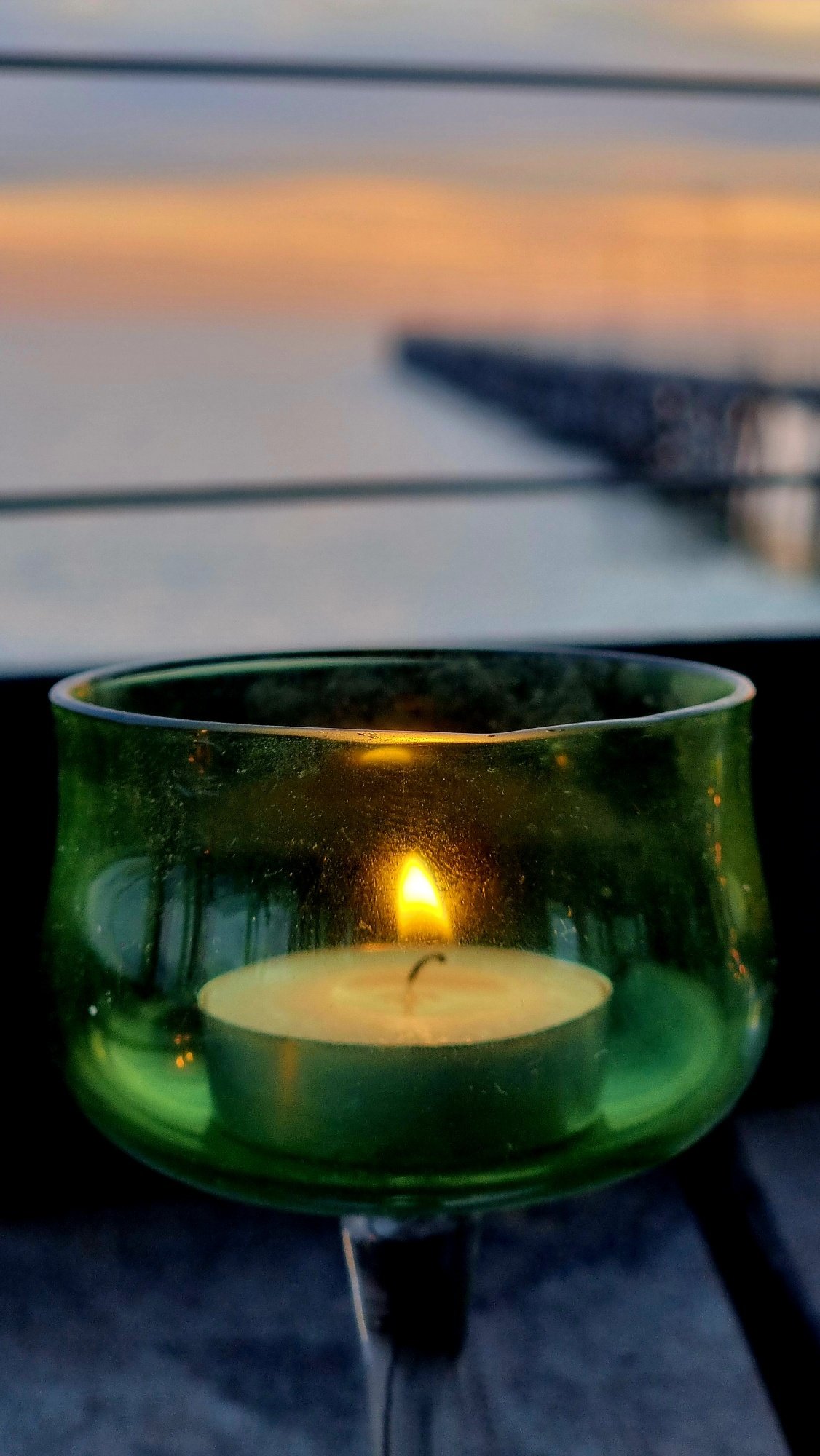A Wave of Hope:
Supporting the south coast, our sensory safe place.
Last night, I stood with family and friends as we looked out across the beach just before sunset. The sky was painted with fire, rich golds, soft pinks, and deepening blues. Waves crashed steadily against the shore as the tide crept up the beach. Every so often, a cool breeze carried a fine spray that smelled of salt. The sound of the waves was both soothing and restless, like the ocean was trying to say something.
Our southern coastline has become my place of calm, a steady rhythm when the rest of life feels chaotic and overwhelming. The shifting light over the water, the slow, deep breaths that come with the soothing sound of the waves. These are the moments that help me breathe.
Like many neurodivergent people, the beach is more than just a beautiful place for me. It is a vital sensory refuge and part of my self-care routine. For lots of us, it is a place where we can regulate our bodies and minds. We can stim, explore, and simply exist without the pressure of constant social interaction. It is a place of shared tradition, a safe meeting place with neurokin and others who understand our sensory needs. It is a place to be solitary, to sit and watch the waves, walk the dog along the beach, take a daily morning swim, and explore our vast underwater paradise. The coastline offers connection to nature, connection to others, and connection to self.
But last night, our coastline was connected in grief. Our ocean is hurting. A harmful algal bloom is taking the lives of fish, dolphins, and other marine creatures along the South Australian coast. To mark this unprecedented loss, people all across our state attended a series of candlelight vigils.
We gathered in front of the Port Noarlunga Jetty. It stretched out across the water, silhouetted against the fading light as the glow of candles flickered, framing the ocean. The sound of the waves blended with our voices as we listened to moving songs, including an original piece written to capture the tragedy we are facing. We heard poetry, words heavy with loss and love. Then came the names. Over 400 different marine species and other creatures lost to this event, each one spoken heavily into the silent evening air.
My friend Blaze shared a personal story of her deep connection with the waterways in our community, describing the feeling of helplessness so many of us know, and reminding us that small actions still matter. There is still hope.
It is easy to feel powerless in the face of something so vast. But you can make a difference. Visit our coast and support a small business or two. Choose South Australian seafood: it is still safe and some of the best in the world. Make one small change towards living more sustainably or reducing climate change. Correct misinformation: this bloom is driven by changes in our environment and climate, not the desal plant, Chinese boats, or daylight savings. And keep informed through trusted sources like the South Australian Government’s harmful algal bloom website.
The ocean has held us when we needed it most. Now is the time to return that care, in whatever small way we can.
With love,
Sharon Claire
For more information:


